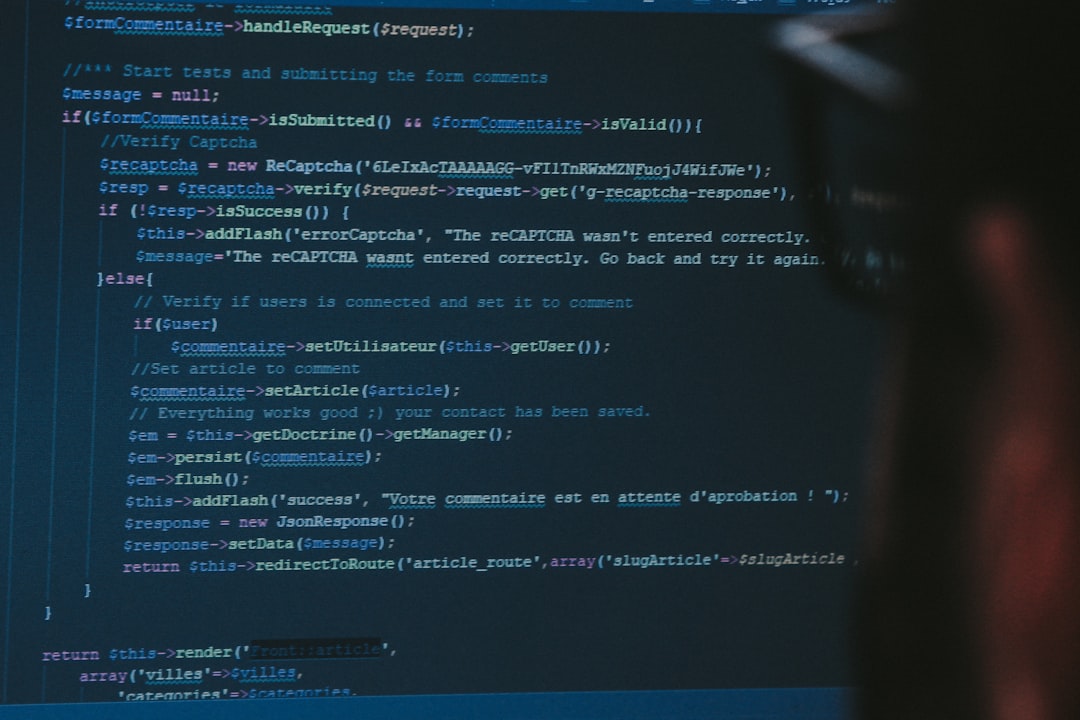NextGenBeing Founder

Listen to Article
Loading...\
Opening Hook\
You've just deployed your Laravel 9 API, and everything seems to be working smoothly. However, you start to think about security and how to protect your API from unauthorized access. You realize that implementing authentication, authorization, and validation is crucial to ensure the integrity of your API. In this part of the series, we'll explore how to implement these security measures using Laravel Sanctum, gates, and policies.\ \
Why This Matters\
Authentication, authorization, and validation are essential components of any API. Without proper security measures, your API is vulnerable to attacks and data breaches. In this section, we'll discuss the current state of API security, why it's relevant now, and what you'll learn from this tutorial.\ \
Background/Context\
Laravel Sanctum is a package developed by Taylor Otwell, the creator of Laravel, to provide a simple and easy-to-use authentication system for APIs. It's built on top of Laravel's existing authentication system and provides a simple way to authenticate users and protect API routes.\ \
Core Concepts\
Before we dive into the implementation, let's cover some core concepts:\
- Authentication: The process of verifying the identity of a user.\
- Authorization: The process of determining what actions a user can perform.\
- Validation: The process of ensuring that user input is valid and meets certain criteria.\ \
Practical Implementation\
Step 1: Install Laravel Sanctum\
To get started, you need to install Laravel Sanctum. You can do this by running the following command in your terminal:\
composer require laravel/sanctum\\
```\\
💡 **Pro Tip:** Make sure to publish the Sanctum configuration file by running the following command:\\
```bash\\
php artisan vendor:publish --provider=\\\\\\"Laravel\\Sanctum\\SanctumServiceProvider\\\"\
```\
### Step 2: Configure Sanctum\
Next, you need to configure Sanctum. In the `config/sanctum.php` file, you'll find the following configuration options:\
```php\
'stateful' => false,\
'expiration' => null,\
'middleware' => [\
'verify_csrf_token' => App\\Http\\Middleware\\VerifyCsrfToken::class,\
],\
```\
⚡ **Quick Win:** Set the `stateful` option to `true` to enable stateful authentication.\
\
### Step 3: Implement Authentication\
To implement authentication, you need to create a login endpoint that returns a token. You can do this by creating a new controller method:\
```php\
use Illuminate\\Http\\Request;\
use Illuminate\\Support\\Facades\\Auth;\
\
public function login(Request $request)\
{\
$credentials = $request->validate([\
'email' => 'required|email',\
'password' => 'required',\
]);\
\
if (!Auth::attempt($credentials)) {\
return response()->json(['message' => 'Invalid credentials'], 401);\
}\
\
$user = Auth::user();\
$token = $user->createToken('auth_token')->plainTextToken;\
\
return response()->json(['access_token' => $token]);\
}\
```\
⚠️ **Common Mistake:** Make sure to validate user input using the `validate` method.\
\
### Step 4: Implement Authorization\
To implement authorization, you can use gates and policies. Gates are a simple way to determine if a user has permission to perform a certain action. Policies, on the other hand, provide a more fine-grained way to control access to resources.\
\
```php\
use Illuminate\\Support\\Facades\\Gate;\
\
Gate::define('view-post', function ($user, $post) {\
return $user->id === $post->user_id;\
});\
```\
💡 **Pro Tip:** Use the `Gate` facade to define gates and policies.\
\
### Step 5: Implement Validation\
To implement validation, you can use Laravel's built-in validation features. You can validate user input using the `validate` method:\
```php\
use Illuminate\\Http\\Request;\
\
public function store(Request $request)\
{\
$validatedData = $request->validate([\
'title' => 'required|string',\
'content' => 'required|string',\
]);\
\
// Create a new post using the validated data\
}\
```\
⚡ **Quick Win:** Use the `validate` method to validate user input.\
\
## Advanced Considerations\
When implementing authentication, authorization, and validation, there are several advanced considerations to keep in mind:\
* **Production-ready optimizations**: Make sure to optimize your API for production by using caching, queueing, and other optimization techniques.\
* **Scaling considerations**: Consider scaling your API to handle a large number of requests.\
* **Security implications**: Make sure to consider the security implications of your API and implement proper security measures.\
\
## Real-World Application\
Companies like Airbnb and Uber use authentication, authorization, and validation to protect their APIs. By implementing these security measures, you can ensure the integrity of your API and protect your users' data.\
\
## Conclusion\
In this part of the series, we covered implementing authentication, authorization, and validation in Laravel 9 APIs using Laravel Sanctum, gates, and policies. We also discussed advanced considerations and real-world applications. In the next part of the series, we'll explore how to deploy and monitor your Laravel 9 API.\
\
Stay tuned for Part 5: Deploying and Monitoring Your Laravel 9 API,\
"content": "...
Never Miss an Article
Get our best content delivered to your inbox weekly. No spam, unsubscribe anytime.
Comments (1)
Bekzod Erkinov
6 days agovery comprehensive
Bekzod Erkinov
6 days agois it ended
Please log in to leave a comment.
Log InRelated Articles

Implementing Zero Trust Architecture with OAuth 2.1 and OpenID Connect 1.1: A Practical Guide
Oct 25, 2025

Building a RegTech Compliance Automation Platform with Hyperledger Fabric 2.4, Corda 5.0, and Camunda 8.2: A Comparative Analysis of Blockchain-Based Solutions
Nov 10, 2025

10x Faster Deployment: Mastering Pulumi 1.5 with Kubernetes 1.30 and Docker 24.0
Oct 20, 2025
🔥 Trending Now
Trending Now
The most viewed posts this week
📚 More Like This
Related Articles
Explore related content in the same category and topics

Diffusion Models vs Generative Adversarial Networks: A Comparative Analysis

Implementing Zero Trust Architecture with OAuth 2.1 and OpenID Connect 1.1: A Practical Guide

Implementing Authentication, Authorization, and Validation in Laravel 9 APIs


